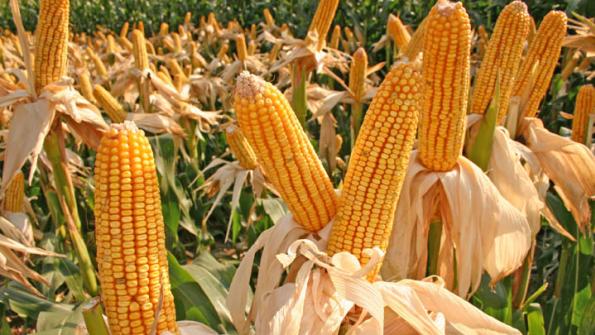
The GM crop contamination theory is largely based on the premise that pollen from a biotech planted field can flow to an organically planted field that does not use biotechnology. That is of course true. All pollen, including pollen from a biotech plant, moves in the environment. But does biotech pollen fit the definition of contamination? No, it does not.
April 2, 2012

Sometimes you just have to pay attention.
I do not grow organic crops on my farm and often do not listen to discussions about organic rules and regulations. That is a mistake, because some pretty obscure language from the United States Department of Agriculture is important to me and other farmers that plant biotech seeds.
I am referring of course to Appendix 3, Part 3, Subsection G of a new agreement involving the trade of organic food between the United States and the European Union.
That was next on your reading list, right?
The main purpose of the U.S.-E.U. pact is positive. It basically says that both parties will accept each other’s standards on organic food–an acceptance that creates incredible export opportunities for farmers who specialize in this niche field. Even if organics are not on your grocery list, possibly because they tend to cost more, it’s hard not to approve of a deal that will help American farmers sell their products overseas.
The agreement also describes the creation of something called the Organics Working Group, which, according to Appendix 3.3.G, will study the “contamination of organic products from genetically modified organisms.”
Contamination? Really? This is where a dictionary comes in handy. Webster’s defines “contaminate” thusly: “To make impure, infected, corrupt, radioactive, etc. by contact with or addition of something; pollute; defile; sully; taint.”
This contamination theory is largely based on the premise that pollen from a biotech planted field can flow to an organically planted field that does not use biotechnology. That is of course true. All pollen, including pollen from a biotech plant, moves in the environment. But does biotech pollen fit the definition of contamination? No, it does not.
We all understand how bees contribute to the pollination of many plants. Anyone that suffers from allergies to ragweed pollen can attest that pollen flow can have adverse affects in our environment. That is not true with pollen from biotech crops.
There is absolutely no reason to treat pollen from biotech seeds differently than from non-biotech. Biotech crops are the most intensely studied and regulated crops on the planet. They have been planted on billions of acres over the last 15 years with no credible health concerns. The technology is good for the environment because it allow farmers to produce more yield with less inputs. Even organic growers are not harmed by the proximity of biotech crops. If a farmer follows the rules specified by the USDA for organic production the presence of biotechnology in their harvest does not disqualify their organic certification. Under these circumstances, how can biotechnology be considered a contaminant?
‘Contaminants’
The vast majority of the corn and soybeans grown in the United States are genetically modified to fight pests and weeds. Treating these crops as “contaminants” is part of an ideological struggle to prevent farmers from using 21st-century technology. The U.S. Department of Agriculture should speak out, defend the farmers who produce safe food, and refuse to let the professional protestors define the terms of debate.
Words matter. If we accept this loaded terminology, we’ll set up an unfair presumption against biotechnology, making it seem as though farmers who grow well established and safe crops are causing environmental harm.
Organic farmers should enjoy the freedom to grow crops as they please. So should other farmers, including those of us–and there are millions around the world–who think using biotechnology is one of the best ways to feed a growing world.
John Reifsteck is a corn and soybean producer in western Champaign County Illinois. He serves as a Board Member of Truth About Trade & Technology (www.truthabouttrade.org)
You May Also Like



